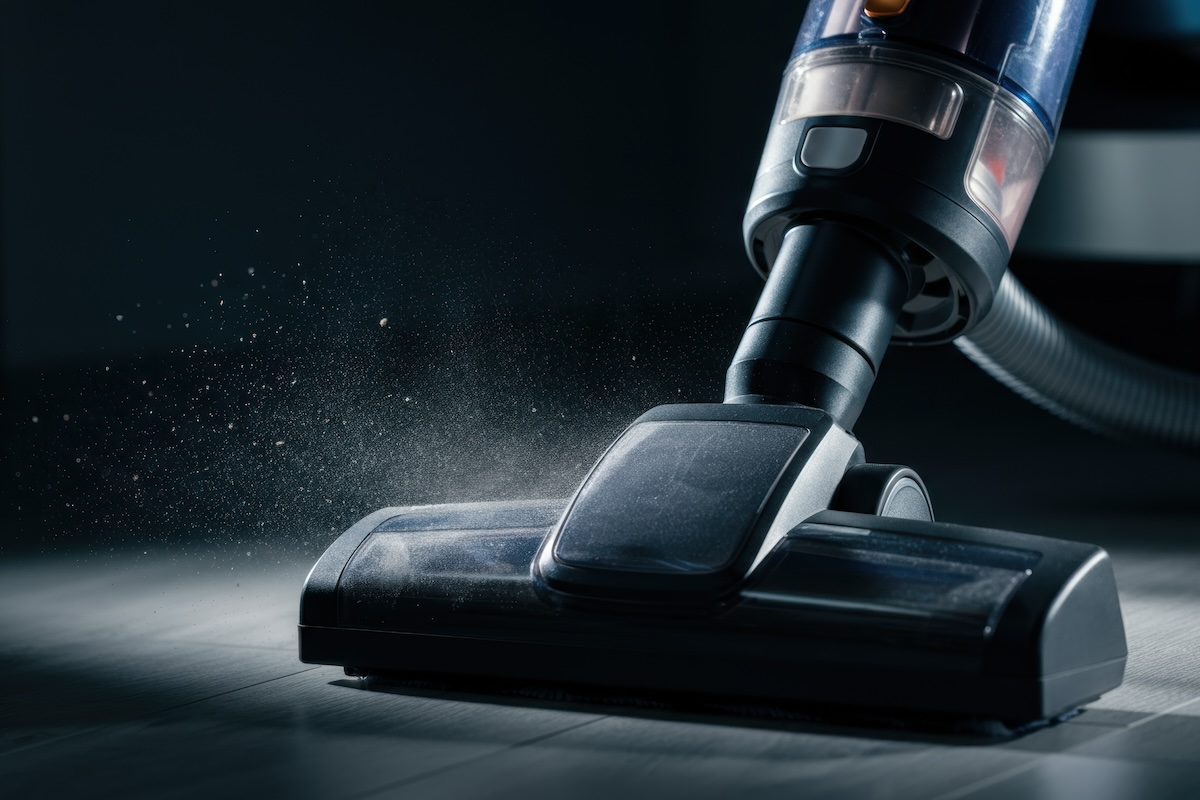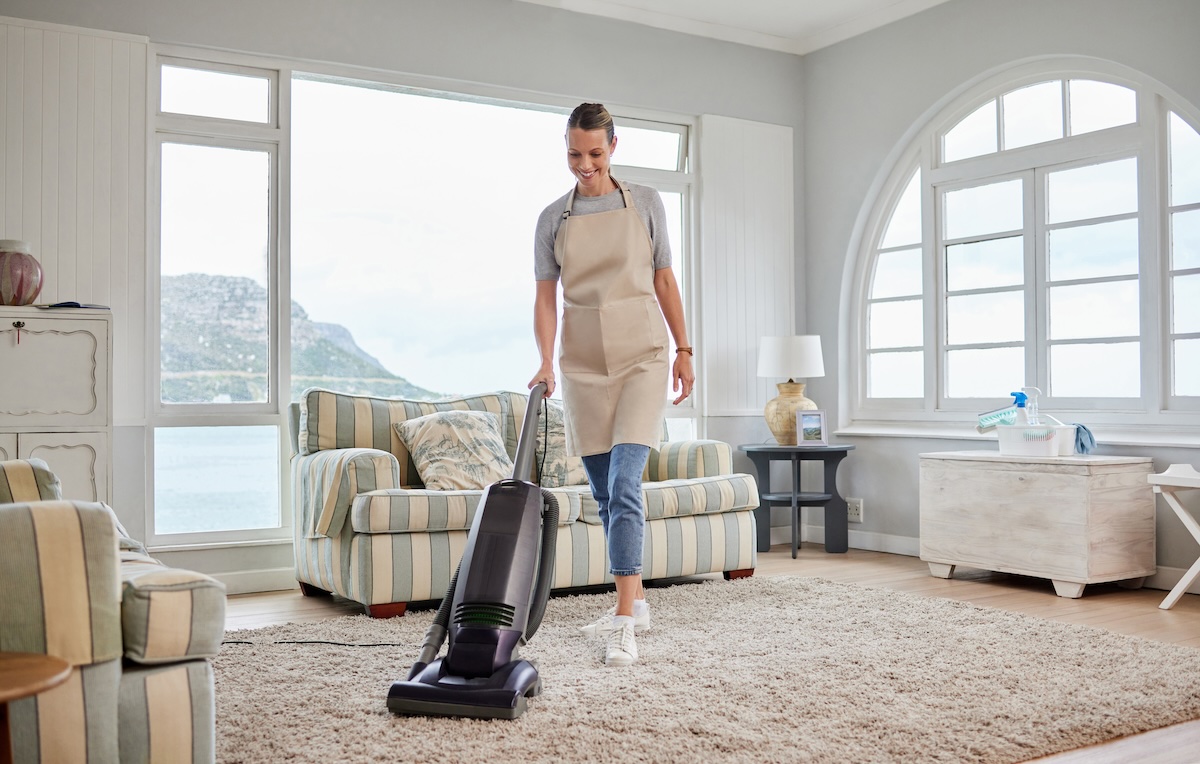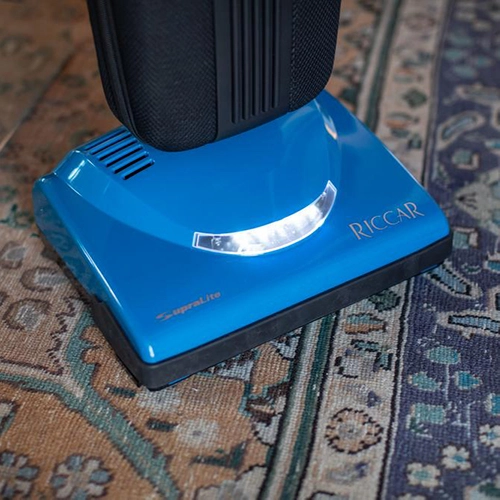You’ve probably seen terms like “HEPA” or “sealed system” tossed around on packaging and online listings, but what do they actually mean? More importantly, how much do they matter when you’re choosing a vacuum?
Turns out, quite a bit—especially if you’re looking at vacuum cleaners that help with allergies. So, let’s walk through everything you need to know about sealed vacuum systems and HEPA filtration—how they work, why they’re a powerful combo, and some of the most important things to look for when you’re shopping for a new vac.
Sealed Vacuum Systems
What is a sealed vacuum system?
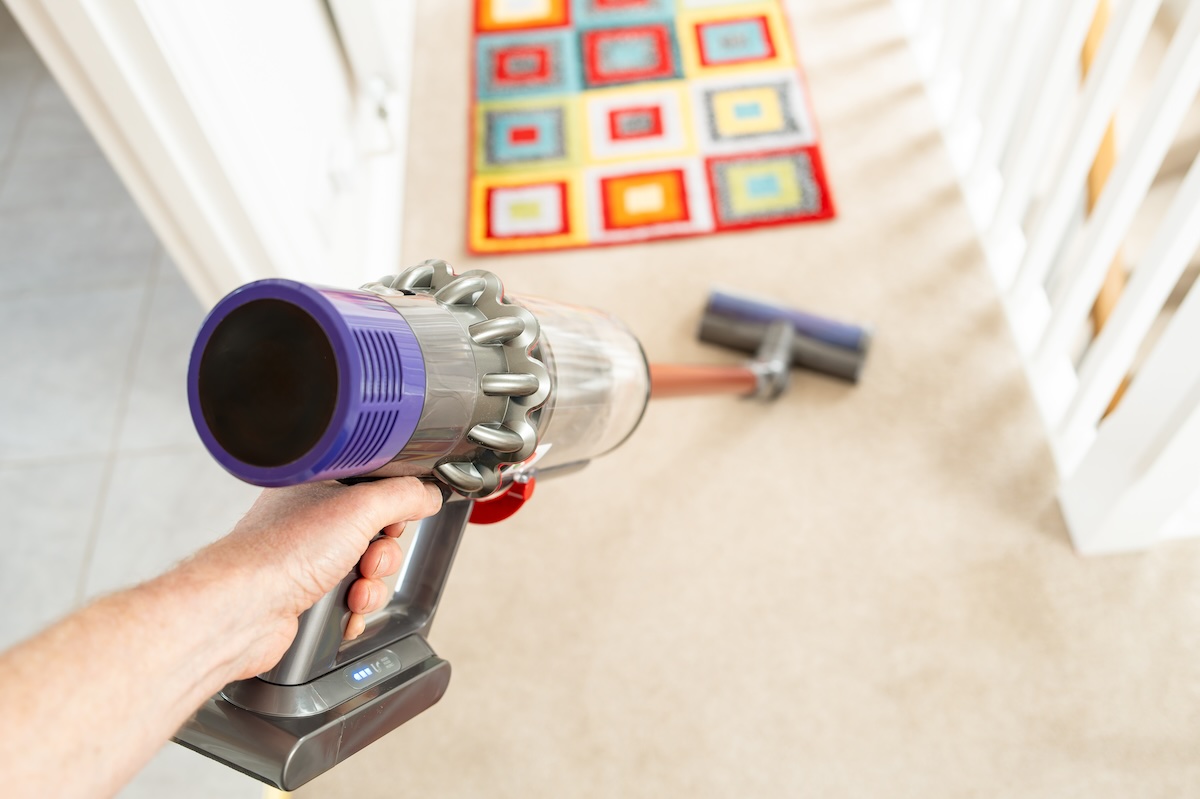
In simple terms, a sealed vacuum system is one where all the air that gets sucked in is forced through the filtration system before being expelled back into your home. Nothing leaks out along the way.
Now, that might sound like common sense—shouldn’t all vacuums work that way? Unfortunately, no. Many vacuums let some of that air (and dust) escape through seams, cracks, and poorly sealed joints.
Imagine spending time vacuuming just to have microscopic dust particles sneak right back into the air through tiny gaps in the vacuum housing. That’s exactly what happens with many cheaper or poorly designed vacuums.
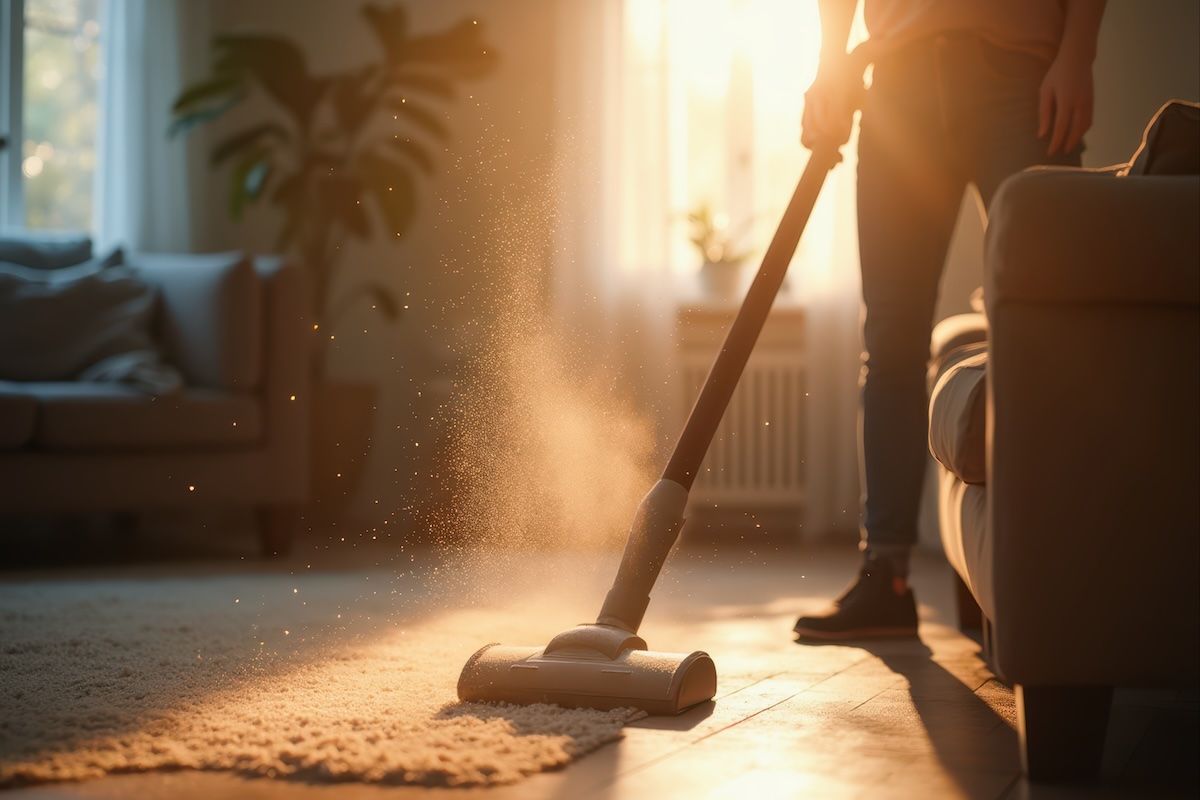
Even if they claim to have HEPA filters, if the system isn’t sealed, you’re losing a lot of that benefit.
It’s like putting a great filter in a leaky pipe—it just doesn’t matter as much.
Components of a properly sealed system
A truly sealed system has multiple gaskets and high-quality seals around connection points like the dustbin, filter housing, and motor casing. The airflow is carefully engineered so that every bit of intake air is routed through the filtration system without any shortcuts.
Why not all vacuums with filters are fully sealed
It’s entirely possible to buy a vacuum with a HEPA filter that isn’t sealed. That’s because manufacturers can market a unit as having HEPA filtration even if only some of the air goes through it. Without a sealed system, some of the dirtiest air just bypasses the filter altogether.
For example, many no-name and budget vacuums that are bagless from big-box brands like Eureka or Hoover might include a HEPA filter but lack sealed construction. Even some mid-tier Shark models advertise “HEPA filtration” without guaranteeing a sealed system—though to be fair, some of Shark’s high-end vacuums do offer sealed HEPA setups (always check for the label that says “complete seal” or similar).
Higher-end vacuum cleaners like those from Miele and SEBO (among others) are known for combining true HEPA filters with fully sealed systems, meaning every bit of air is filtered before it’s released. Dyson often meets or exceeds HEPA-level performance but doesn’t always certify its filters through third-party standards or label them as such, relying instead on in-house testing and whole-machine filtration claims.
So while a vacuum may technically contain a HEPA-grade filter, that filter only works as intended if all the air is forced through it. Without a sealed system, you’re often paying for performance that just isn’t fully delivered.
HEPA Filtration
What is a HEPA filter, exactly?
HEPA stands for High-Efficiency Particulate Air. To meet the standard, a true HEPA filter must trap 99.97% of particles that are 0.3 microns in size—which includes pollen, dust mites, mold spores, and even some bacteria.
How HEPA filters trap fine particles
HEPA filters are made of dense fibers arranged in a mat. They don’t work like a sieve, where only particles smaller than the holes pass through. Instead, they use a combination of interception, impaction, and diffusion to trap particles as air moves through. This makes them especially effective at capturing both large and ultrafine particles.
Benefits for asthma, allergy sufferers, and pet owners
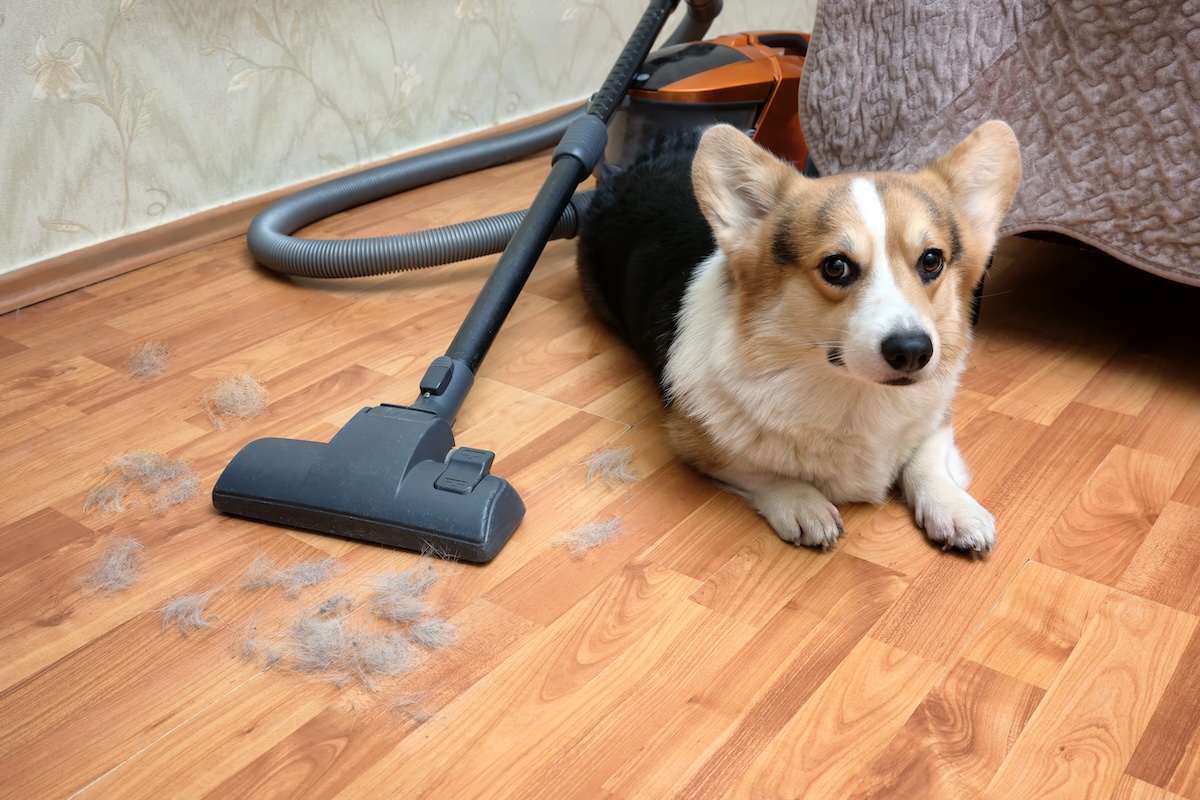
If you or someone in your household has allergies, asthma, or other respiratory conditions, a HEPA filter can make a real difference. It reduces airborne triggers like pet dander, dust, and pollen—not just off your floors but also out of the air.
Vacuums with Certified vs. “HEPA-like” filters: Know the difference
“HEPA-like” or “HEPA-style” filters might look the part, but they’re not guaranteed to meet the same filtration standards. True HEPA filters are tested to meet government or industry benchmarks.
Certified HEPA filters meet strict standards that have been independently tested and verified. In the U.S., this means capturing 99.97% of airborne particles down to 0.3 microns in size, as defined by standards like ASTM F1977. In Europe, the EN1822 standard applies, which classifies filters as H13, H14, etc., based on lab-tested performance.
Now, about Dyson…
Dyson
Dyson machines often don’t carry official “HEPA-certified” labeling because Dyson uses its own in-house testing methods and terminology. Compared to other vacuums, instead of submitting their filters for third-party HEPA certification, Dyson engineers design their whole machines—including the filters, seals, and airflow paths—to meet or exceed the particle capture levels you’d expect from a HEPA filter.

In many cases, independent lab tests have shown that Dyson vacuums can meet or exceed HEPA-level filtration performance, particularly in their higher-end models. But because Dyson doesn’t follow the exact test procedures required by certifying bodies like ASTM or EN1822, they don’t use the HEPA label.
This is important: Just because a Dyson doesn’t say “certified HEPA” doesn’t mean it’s ineffective. Their machines often include whole-machine filtration systems that are tightly sealed and incredibly effective at trapping fine particles—including allergens and even some bacteria. Dyson tends to emphasize “99.99% of particles down to 0.3 microns” or similar claims instead of using the HEPA branding.
Miele

Miele is one of the most consistent brands in offering sealed systems with true HEPA filters—but only on select models. For example, vacuums labeled with “HEPA AirClean” filters and “Sealed System Construction” do meet or exceed HEPA standards.
Miele explicitly states which models have HEPA H13 certification under EN1822, and they design their vacuums so that no air escapes unfiltered. Their HEPA filters are also independently tested and have a TimeStrip that tells you when to change them.
SEBO

SEBO also takes filtration seriously, though their language varies a bit. Many SEBO models use S-class filtration, which is essentially equivalent to HEPA H12 or H13, depending on the model.
They use electrostatically charged microfilters and sealed systems, and their high-end models—like the SEBO Airbelt D4 Premium—are often used in environments where air purity is critical. However, they don’t always brand their filters as “HEPA” even if they meet the particle retention standards.
Riccar
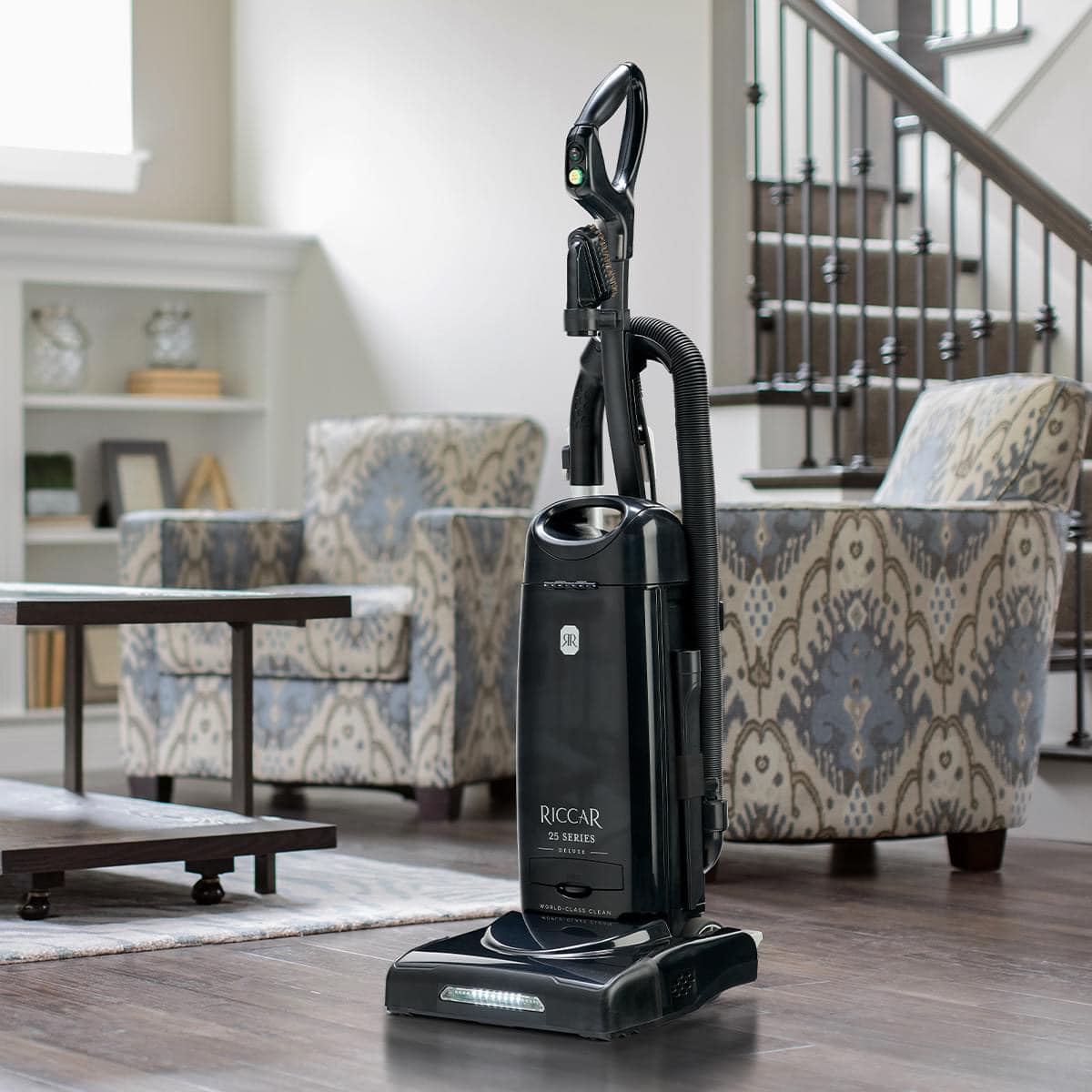
Riccar is a U.S.-based brand that offers HEPA media filters and sealed systems on many of their premium models—especially the Tandem Air and R40 series. Riccar clearly markets these vacuums as offering certified HEPA filtration with sealed construction, and their filters are tested to ASTM F1977 standards. Their vacuums are especially popular with users who want American-made quality with high-performance filtration.
How Vacuum Filtration Affects Indoor Air Quality
Every time you vacuum, you stir up dust, allergens, and microscopic particles—many of which end up airborne. A sealed HEPA vacuum doesn’t just clean your floors; it actually helps clean your air as you go.
Common indoor pollutants removed by sealed HEPA vacuums
Think of all the tiny particles floating around your home: dust mites, skin flakes, pollen, mold spores, pet dander, even bits of dead insects.
A sealed HEPA vacuum can capture and contain all of that. It’s especially helpful in bedrooms, living rooms, and carpeted areas where these pollutants tend to settle.
Impacts on respiratory health and long-term well-being
Cleaner air means fewer triggers for asthma and allergy attacks, fewer sinus infections, and a generally more breathable living environment. Over time, reducing your exposure to airborne pollutants can support better lung health and even improve sleep quality.
Why Sealed Systems & HEPA Filters Work Better in Tandem
Even the best HEPA filter in the world won’t do its job if the vacuum leaks. Air always takes the path of least resistance, so if it can sneak past the filter, it will.
A sealed system ensures that every bit of air gets pushed through the HEPA filter, maximizing its effectiveness. The end result is that, not only are your floors cleaner, but the air coming out of the vacuum is often cleaner than the air you started with.
Examples of how air bypass can undo filtration efforts
If the machine isn’t properly sealed, some of the air it sucks in is leaking out through seams, gaskets, or even poorly fitted filters before it ever reaches the filtration system. That means instead of trapping those particles, your vacuum might actually be redistributing them back into the room, right near where you’re breathing.
You could be pushing around a fine mist of microscopic debris—pollen, dander, mold spores, even dust mite waste—without realizing it.
In some cases, you’ll smell it: that musty, dusty whiff coming from the exhaust or seams is a sign that the vacuum isn’t containing what it’s picking up. Not only does this defeat the purpose of HEPA filtration, but it can also make allergies worse or trigger asthma, all while giving the illusion of a clean environment.
Are There Any Downsides?
Cost differences
Sealed HEPA vacuums tend to cost more than basic models. You’re paying for better engineering, tighter tolerances, and often more durable materials. And the filters themselves aren’t always cheap.
That said, many of these vacuums are built to last significantly longer than cheaper models—so while the upfront cost is higher, you may actually save money over time by avoiding frequent replacements.
HEPA filter replacement & availability
True HEPA filters need to be replaced periodically—anywhere from every 6 to 12 months, depending on use. Availability varies by brand, and some third-party replacements don’t meet the same standards. Most major brands do make it easy to find genuine replacement vacuum parts like filters online, and some models even include filter change indicators so you don’t have to guess when it’s time.
Slight increase in vacuum weight or size in some models
Adding a sealed system and a dense HEPA filter can make the vacuum a little heavier or bulkier than a bare-bones model. For most users, it’s a tradeoff worth making, but if you need something ultra-light, this is worth keeping in mind.
Reduced airflow in low-quality designs
Some low-end vacuums try to cram a HEPA label on without designing for proper airflow, which can result in weak suction or motor strain. A well-designed sealed HEPA vacuum, on the other hand, is optimized to maintain strong airflow.
It’s important to consider, however, that high-performance sealed HEPA vacuums from the best vacuum brands typically offer excellent suction and consistent airflow—some even outperform standard models in cleaning tests despite their extra filtration.
Choosing the Right Vacuum for Your Needs
What to look for: certification, seals, filter access
Check the specs. Look for phrases like “sealed HEPA system,” not just “HEPA filter.” Ask whether the system is independently tested and certified. Look at how easy it is to remove and replace filters.
While it’s important to look at the specs of individual models, in general, reputable brands like Miele, SEBO, Aerus/Electrolux, Riccar/Simplicity, and some higher-end Dyson and Shark models are known for properly sealed systems with certified HEPA filtration.
How to test or confirm a vacuum has a sealed system
A while back, I found out the hard way that my vacuum cleaner wasn’t sealed—without even realizing that’s what was going on. I was vacuuming the living room, feeling pretty good about finally getting rid of the layer of dust under the couch, when I noticed my air purifier’s particle counter suddenly went off the charts. I hadn’t touched the purifier. I hadn’t opened a window. The only thing I’d done was vacuum. That was my “aha” moment.
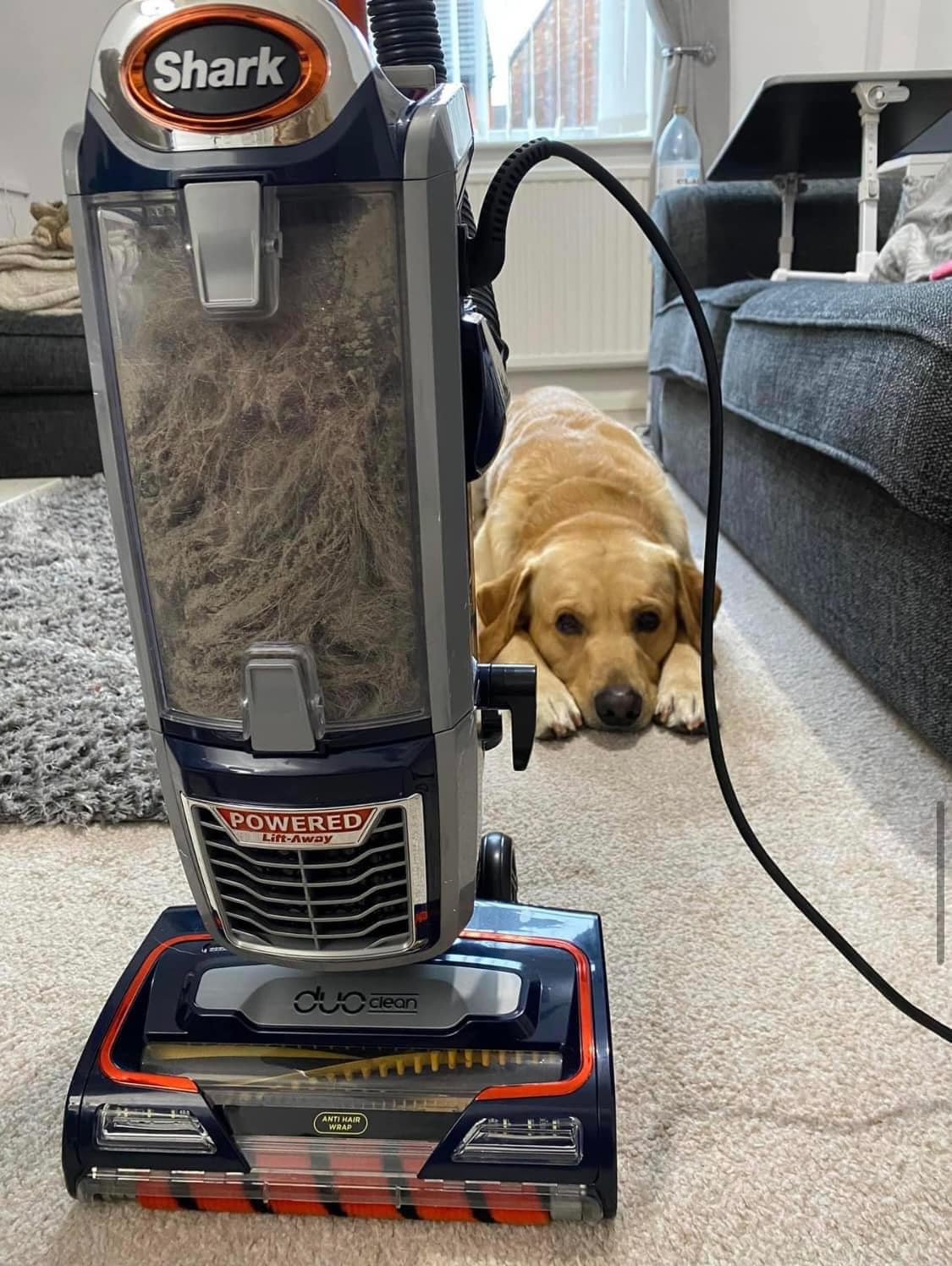
At first, I thought maybe this was just normal. After all, vacuuming stirs up dust, right? But after some digging, I learned that a properly sealed vacuum with a high-efficiency filter shouldn’t be spiking the particle count in the room—especially not that dramatically.
Here’s the science behind it: when a vacuum cleaner isn’t sealed, some of the tiniest particles—like fine dust, mold spores, or pet dander—can escape through cracks or poorly fitted components before they ever reach the filter. These ultrafine particles (we’re talking sub-micron) are exactly the ones that particle counters detect and that air purifiers are designed to remove. So if they’re suddenly flooding the air, your purifier is going to sound the alarm.
Note: Some mild disturbance in the room’s particle count can still happen when vacuuming—just from jostling settled dust into the air before it’s even sucked up—but a sealed HEPA vacuum won’t cause a massive spike. If your particle counter jumps dramatically while the vacuum’s running, especially near the exhaust or body of the vacuum, that’s a good indicator that the system isn’t fully sealed.
That experience sent me down the rabbit hole of figuring out how to tell if a vacuum is truly sealed. It turns out there are a few easy ways to spot the difference:
- The sniff test: Vacuum up something dusty, like flour or baking soda, and then pause for a second near the vacuum’s body. If you catch a whiff of that fine dust in the air—especially around seams, the filter compartment, or the exhaust—it’s a sign that air is leaking out before it’s been properly filtered. A well-sealed system should smell like nothing at all.
- You can also grab a tissue or piece of toilet paper and hold it gently against different areas of the vacuum while it’s running, particularly near the dustbin, around the filter housing, and by the exhaust. If the tissue flutters or moves, air is escaping from somewhere it shouldn’t. In a sealed system, airflow should only come from the designated exhaust port—and even that should feel clean and neutral.
- You can also check the product materials or packaging for phrases like “sealed HEPA system”, “complete seal technology”, or “meets EN1822” (that’s the European certification standard for sealed HEPA systems). If the vacuum only mentions a HEPA filter but says nothing about being sealed, it likely isn’t. And if you want to be extra sure, look for models tested under standards like ASTM F2608, which measure whole-machine filtration, not just filter media alone.
Final Thoughts
A vacuum is more than just a cleaning tool—it’s a part of your home’s air management system, whether you realize it or not. If you care about keeping your air as clean as your floors, a sealed system with true HEPA filtration is one of the smartest upgrades you can make.
Sure, they cost a bit more, and yes, you’ll need to swap out filters every so often. But for allergy sufferers, pet owners, or anyone who wants a cleaner, healthier home environment, they’re worth every penny.
Frequently Asked Questions
Q: What does a sealed system mean for a vacuum cleaner?
It means all the air taken in is forced through the vacuum’s filters before being released back out—nothing leaks out unfiltered. This is key for true HEPA performance.
Q: Can I retrofit an existing vacuum with a HEPA filter and get the same results?
Not really. Without a sealed system, air can bypass the filter. You’ll get some improvement, but it won’t match a true sealed HEPA vacuum’s performance.
Q: Do sealed HEPA vacuums really help with pet dander and hair?
Yes—especially with pet dander, which is microscopic. Hair can be picked up by most vacuums, but sealed HEPA systems trap the dander that causes allergies.
Q: How often does a vacuum’s HEPA filter need to be changed?
Typically every 6 to 12 months, depending on how often you vacuum and how dusty or hairy your home is.
Q: Is bagged or bagless better for maintaining air quality?
Bagged systems often do a better job containing dust during disposal, especially if they’re part of a sealed HEPA design. Bagless vacuums can release dust back into the air when emptied.

